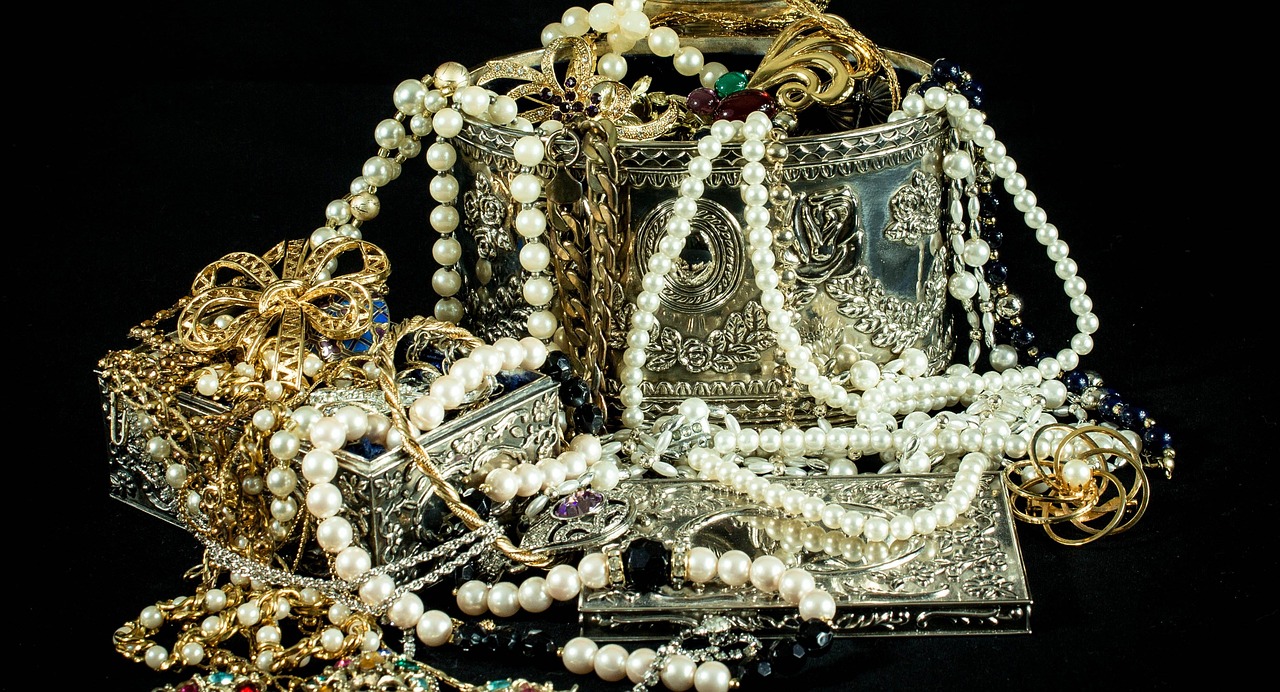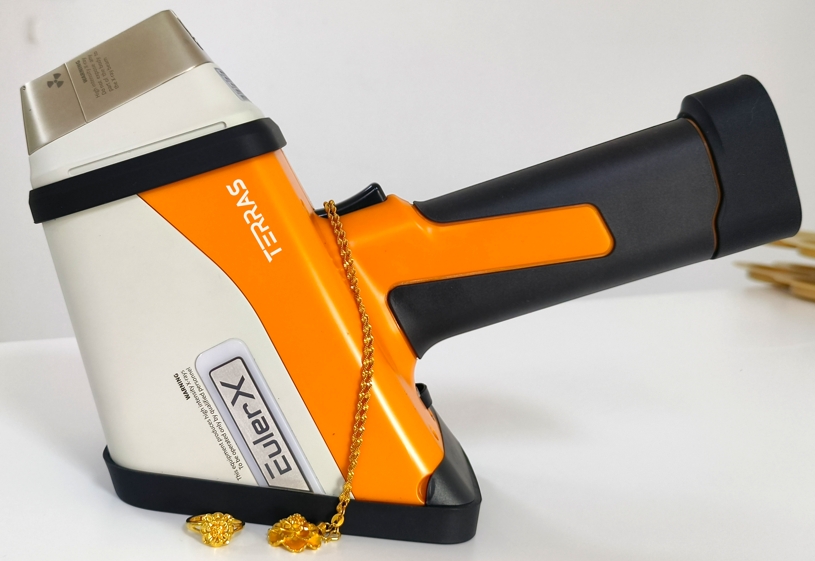
Gold and Jewelry
A high-tech enterprise focusing on the development and application of X-ray technology products, committed to becoming a leading supplier of X-ray industrial testing solutions.
Comparing Precious Metal Analyzers for Sale: Which One Suits Your Needs?
In the world of precious metals, accurate analysis is crucial. Whether you are a jeweler, a scrap metal dealer, or an investor, knowing the exact composition of your metals can make a significant difference in your business. With a variety of precious metal analyzers available on the market, it can be challenging to choose the right one for your needs. This article aims to compare different types of precious metal analyzers and help you make an informed decision.
Why Use a Precious Metal Analyzer?
Precious metal analyzers are essential tools for verifying the authenticity and purity of metals like gold, silver, platinum, and palladium. These devices provide accurate readings that help avoid costly mistakes, such as purchasing counterfeit or substandard metals. Analyzers are also valuable for compliance with industry standards and regulations.

Types of Precious Metal Analyzers
1. X-Ray Fluorescence (XRF) Analyzers
XRF analyzers are among the most popular tools for metal analysis. They work by emitting X-rays onto the sample, causing the elements in the metal to fluoresce. The analyzer then measures the energy levels of the emitted X-rays to determine the metal's composition.
Pros
Non-destructive: XRF analyzers do not damage the sample.
Fast and accurate: They provide results in seconds.
Portable options available: Suitable for on-site testing.
Cons
Cost: High initial investment.
Training required: Users need proper training to interpret results accurately.
The EulerX 990 is a cutting-edge handheld gold analyzer equipped with a ceramic packaged microfocus X-ray tube and a high-performance semiconductor detector. Utilizing advanced software algorithms, it can perform quick, accurate, and non-destructive testing of gold, silver, platinum, and other precious metals in jewelry, enabling the rapid identification of their purity. This makes the EulerX 990 an essential tool for assessing the quality of jewelry, investment gold, and other precious metal commodities.
2. Fire Assay
Fire assay is one of the oldest and most reliable methods for analyzing precious metals. This process involves melting the sample in a furnace and separating the precious metals from the impurities.
Pros
High accuracy: Considered the gold standard for purity testing.
Wide acceptance: Trusted method in the industry.
Cons
Destructive: The sample is consumed in the process.
Time-consuming: Takes several hours to complete.
Requires skilled personnel: Needs a lab environment and trained staff.
3. Ultrasonic Testing
Ultrasonic testing uses high-frequency sound waves to detect flaws and inconsistencies in metals. While not as precise for compositional analysis, it is useful for detecting voids and cracks.
Pros
Non-destructive: Does not harm the sample.
Portable: Easy to use in the field.
Cons
Limited accuracy: Not suitable for detailed compositional analysis.
Skill-dependent: Requires trained operators for accurate results.

Factors to Consider When Choosing an Analyzer
1. Purpose and Application
Consider what you need the analyzer for. If you need quick, on-the-spot testing, a portable XRF analyzer might be ideal. For laboratory-grade accuracy, you might opt for ICP-MS or fire assay.
2. Budget
Analyzers vary significantly in cost. XRF analyzers and ICP-MS systems are expensive but offer high accuracy and versatility. Fire assay, while accurate, can also be costly due to the need for skilled labor and equipment.
3. Training and Ease of Use
Some analyzers require extensive training and experience to operate correctly. XRF analyzers are relatively easy to use with minimal training, whereas ICP-MS and fire assay require specialized knowledge.
4. Sample Integrity
If preserving the sample is crucial, non-destructive methods like XRF or ultrasonic testing are preferable. Fire assay, while accurate, consumes the sample.
Conclusion
Choosing the right precious metal analyzer depends on your specific needs, budget, and the level of accuracy required. XRF analyzers are versatile and user-friendly, making them a popular choice for many applications. Fire assay remains the gold standard for accuracy, particularly in a lab setting, while ICP-MS offers unparalleled precision for detecting trace elements. Ultrasonic testing, although limited in compositional analysis, is useful for detecting structural flaws.
By carefully considering your requirements and the features of each type of analyzer, you can make an informed decision that will enhance your precious metal analysis capabilities. Whether you're buying or selling, having the right tool ensures you can trust the purity and value of your metals.
Join Us
Subscribe to our email list for updates & promotions.



